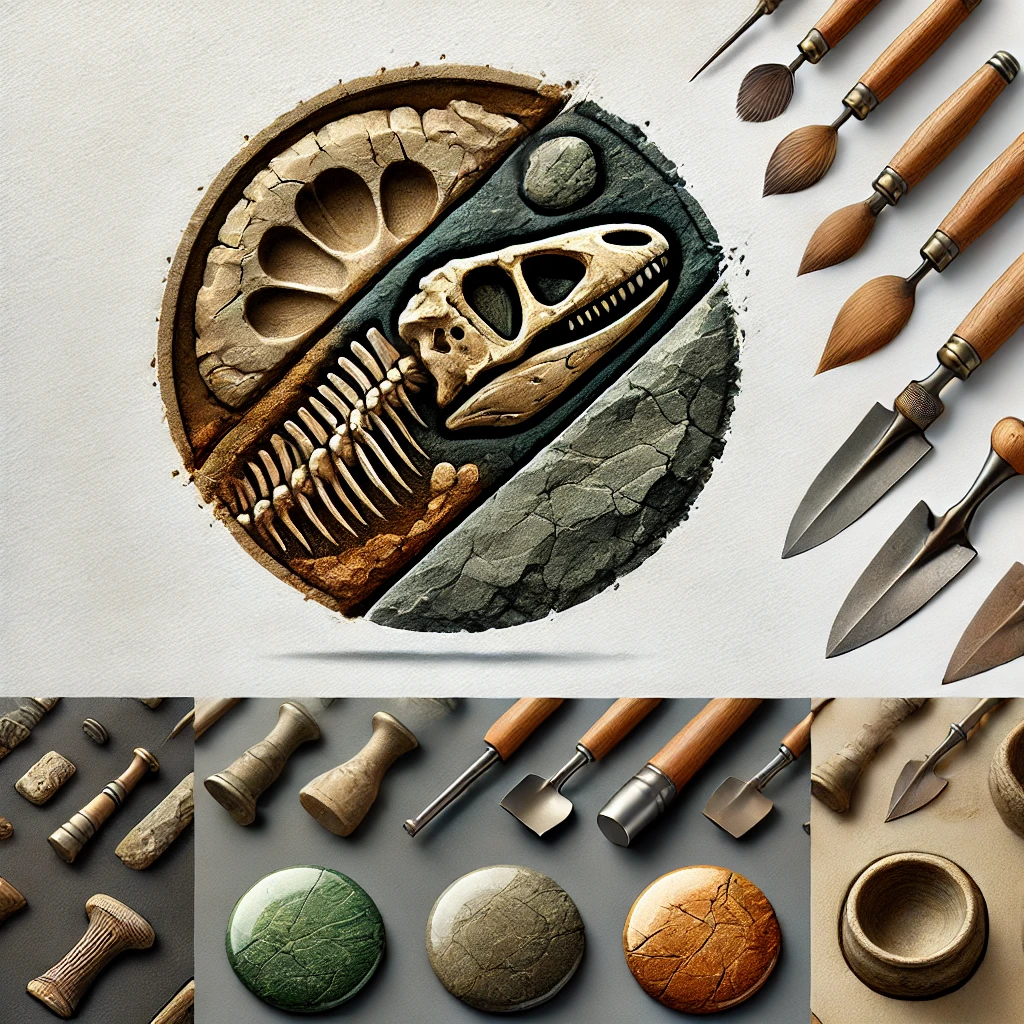The Remarkable Discovery in 1908
How the Statues Were Found
In 1908, a team of archaeologists working in Giza made an extraordinary discovery—several statues of Pharaoh Menkaure, buried beneath the sands for over 4,500 years. The excavation, led by renowned Egyptologists, unveiled these sculptures in remarkable condition, offering invaluable insight into the artistry and religious beliefs of ancient Egypt.
The Significance of the Find
These statues weren’t merely decorative—they carried deep spiritual and political significance. Menkaure, one of Egypt’s most revered rulers, was depicted alongside deities, emphasizing his divine right to rule. The discovery shed light on the close relationship between Egyptian pharaohs and the gods they worshiped.
The Condition and Preservation
Despite being buried for millennia, the statues were astonishingly well-preserved. Crafted from dark stone, the figures retained intricate details, showcasing the exceptional skill of ancient Egyptian sculptors. The preservation of these statues has allowed historians to analyze the craftsmanship and iconography of Egypt’s Fourth Dynasty.

The Symbolism Behind the Statues
Menkaure: The Pharaoh and Pyramid Builder
Menkaure, the ruler behind one of the Great Pyramids of Giza, is depicted with a strong, composed stance, symbolizing his unwavering leadership. His expression, posture, and attire reflect the ideals of kingship in ancient Egypt—strength, wisdom, and divine favor.
Hathor: The Goddess of Love and Motherhood
One of the figures standing beside Menkaure is Hathor, the beloved goddess associated with love, fertility, and protection. In Egyptian mythology, Hathor was seen as a motherly figure who nurtured both the living and the dead, guiding souls into the afterlife. Her presence in the statues signifies the divine approval and protection bestowed upon Menkaure.
The Regional Goddess: A Representation of Egypt’s Unity
The second female figure represents a regional deity, embodying the unity and territorial strength of Egypt. Ancient Egyptian art frequently depicted pharaohs with deities from different regions, reinforcing their legitimacy as rulers of a vast and diverse land.
The Legacy of Menkaure’s Statues
What the Statues Reveal About Ancient Egyptian Art
The statues of Menkaure stand as a testament to the sophisticated artistry of ancient Egyptian sculptors. Every detail—from the pharaoh’s facial features to the delicate carvings of the goddesses’ garments—reflects a mastery of stonework that continues to captivate historians and art enthusiasts alike.
The Mystery of What Lies Beneath the Sands
The discovery of these statues raises an intriguing question: how many more treasures remain hidden beneath Egypt’s vast desert landscapes? With ongoing excavations and advancements in technology, archaeologists continue to uncover new artifacts, adding to our understanding of one of the world’s most fascinating civilizations.
Where You Can See the Statues Today
Many of Menkaure’s statues are now housed in museums, including the Museum of Fine Arts in Boston. These relics allow modern audiences to witness the grandeur of ancient Egyptian craftsmanship up close, preserving the legacy of Menkaure and his era for generations to come.
The statues of Menkaure, Hathor, and the regional goddess are more than just remnants of the past—they are a bridge to an era of divine kingship, artistic brilliance, and cultural grandeur. Their discovery in 1908 remains one of the most significant finds in Egyptology, reminding us of the countless secrets still waiting to be unearthed.

CÁC TIN KHÁC
Mary Walton: The Forgotten Inventor Who Helped Clean Up America’s Cities
Tomb of Queen Nefertari in the Valley of the Queens, Egypt
Discover the Hypostyle Hall of the Temple of Hathor at Dendera
Venus de Losange: Unveiling the Mystery of a 20,000-Year-Old Paleolithic Icon